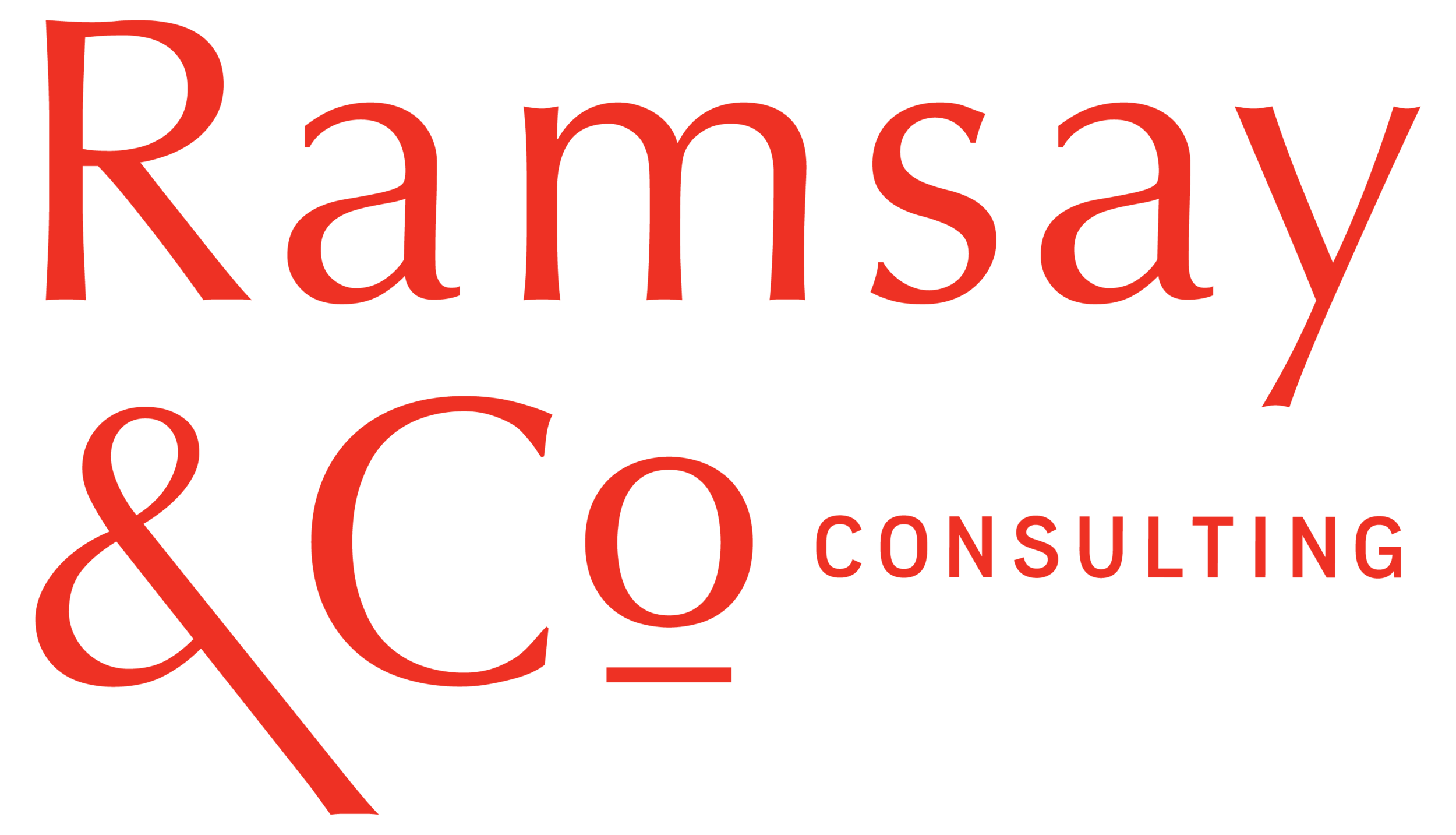#12 What Is it and Who is it For?
Two essential questions for crafting a story (and a new podcast I might love)
“What is it and who is it for?” They’re often the first questions I ask a new client interested in sharing something new with the world. Whether it’s a product “innovation” (true innovation is rare, though the word is bandied about like it’s oxygen) or a brand-new business being launched, I can’t uncover the way in to the story without these two things. Neither can any of us.
Often the answer to the first question, is answered somewhere in the realm of what it does (which needs elaboration, but that’s for another post). Who is it for is the thing I often help folks figure it out. To tell your story well, you need to know what you’re trying to communicate about and who you’re trying to communicate to.
And when I say who, I don’t simply mean age, gender and location. I mean the specific person you had in mind when you created this thing you now want to share with more people or a deep understanding of the type of person who would be interested in it. What’s their life like? What matters to them? What are their beliefs and values? How do those things show up in their behaviour? What’s happening in the world around them that is affecting them in your space? Get as detailed as their favourite colour if you can. You should try to get to know them as well as you know your best friend and respect them in similar ways.
Then, and only then, should you think about where the thing that you want to share with them may add value to their life. Note my words, not fit in to their lives, add value. Many marketers make the mistake in thinking that their job is to wedge whatever it is they have to sell into some corner of their customer’s life and then work like hell to keep it wedged there. The real job is to understand how the widget, idea, or piece of art may add value to their lives and bring that idea to life in your story. They’ll do the work of finding a place for it and turn to your product or brand every time they have a need in that area of their life. If you’re really effective, they’ll also tell all their friends and family about the value it’s added for them.
The intersection of your product or topic or idea with your audience’s life is always about value not fit. Once you understand that fact, the stories you tell will have far greater impact.
This is truer of marketing as a medium for storytelling, but I think about it in my work as a journalist as well. When I’m thinking about a story and where to pitch it I ask myself, what’s the story and which publication is it for? The publication represents its readership, its editors, whether they accept or reject my pitch, are always thinking about what value it’ll have for their readers. So must I.
On an individual level, if I’m applying for a job, the question becomes who am I and where am I applying? I craft my resume and personal story around the value I’m going to add at the company. (I promise to dive deep on resumes and LinkedIn storytelling soon.)
This isn’t about making artistic or personal sacrifice though, you don’t contort the story for your audience or widget, you find the right audience and share with them. For some that’ll be a niche and narrow bit of the world with a lot of potential and for others it’ll be mass and for some of us, depending on the story, it’ll be one single person. And that’s alright too. Not everything is for everyone. And it shouldn’t be.
As storytellers our job is to dig in to understanding the thing we’re sharing (or selling) and the people we want to share it with. That means getting curious, asking questions and diving in to your audience. It demands empathy and a commitment to understanding folks sometimes out of your realm. Do the work, it’s worth it and will always lead to better storytelling.
While I’m certain you know who Tracee Ellis Ross is, you may not be as familiar with Phoebe Robinson—or vice versa. Phoebe is a comedian that recently started a new podcast called Black Frasier. She interviewed Tracee Ellis Ross for the first episode. It’s a great example of how you honour your story, which a I shared as one of my first post for new folks. In it Ross tells her own hair story and how it led to the development of her successful brand, Pattern Beauty. The importance of your story, purpose and storytelling all come through. Let me know what you think.
If you enjoyed this and think this letter might be helpful to someone you know, please share it and encourage them to subscribe. Also, if you’re enjoying this or if there’s something you’d like me to cover, please let me know by leaving a comment.
Chantaie Allick
Writer|Strategist|Storyteller
Thanks for reading Adventures in Storytelling!
Subscribe for free to receive weekly insights and resources for better communication through storytelling.

